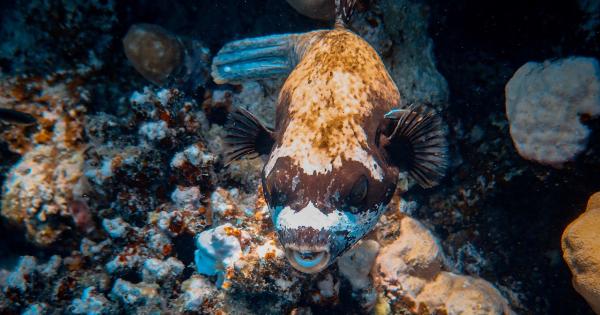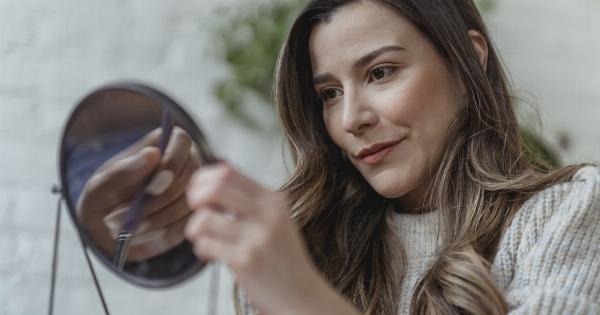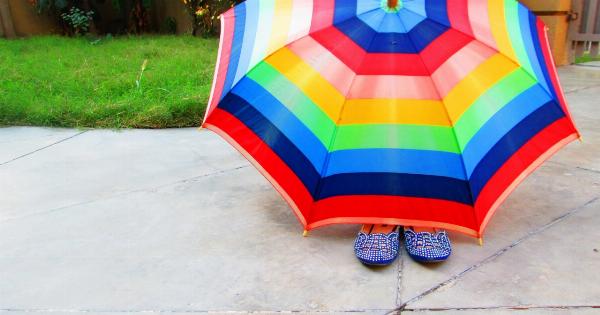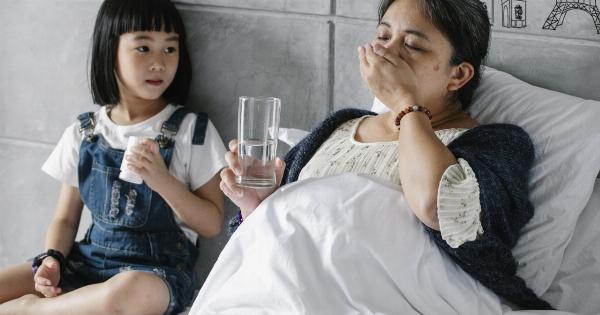Marine activities such as swimming, snorkeling, and diving can be incredibly fun and exhilarating. However, one common issue that many people face after spending time in the water is the development of brown spots on their chest and back.
These unsightly marks can be a result of various factors, including sun exposure, irritation from wet clothing, or the interaction of substances found in the water with the skin. In this article, we will explore some effective tips to help you avoid these brown spots and keep your skin healthy and blemish-free.
1. Apply a waterproof sunscreen
One of the main causes of brown spots on the chest and back after marine activities is prolonged exposure to the sun. Sunscreen is a crucial protective measure that can significantly reduce the risk of developing these spots.
However, since regular sunscreen tends to wash off in water, it is essential to choose a waterproof sunscreen specifically designed for marine activities. Apply the sunscreen generously before entering the water and reapply it every few hours to maintain its effectiveness.
2. Wear protective clothing
In addition to sunscreen, wearing protective clothing while engaging in marine activities can provide an extra layer of defense against brown spots.
Opt for long-sleeved shirts, rash guards, or wetsuits that offer UPF (Ultraviolet Protection Factor) to shield your skin from harmful UV rays. Along with protecting your chest and back, these garments also help protect other exposed areas of your body.
3. Rinse off after swimming
After indulging in marine activities, it is important to rinse off with fresh water as soon as possible. The substances found in seawater, such as salt, can irritate the skin and contribute to the development of brown spots.
Rinse yourself thoroughly in the shower, paying particular attention to your chest and back. Use a gentle cleanser to remove any residue and impurities from your skin.
4. Pat dry instead of rubbing
When drying off your body after swimming, be gentle with your skin. Avoid rubbing your chest and back vigorously with a towel, as this can potentially irritate the skin and worsen the brown spots.
Instead, pat your skin dry with a soft towel to minimize friction and prevent any unnecessary damage.
5. Moisturize regularly
Keeping your skin properly moisturized is key to maintaining its health and preventing the formation of brown spots. Choose a moisturizer that is suitable for your skin type and apply it daily, paying extra attention to your chest and back.
Moisturizers help hydrate the skin, promote healing, and create a protective barrier against environmental aggressors.
6. Exfoliate on a regular basis
Exfoliating your skin regularly can help remove dead cells and other impurities that can contribute to the development of brown spots. Use a gentle scrub or exfoliating cleanser to slough off the top layer of your skin.
However, avoid over-exfoliating, as this can cause irritation and damage. Limit exfoliation to once or twice a week for optimal results.
7. Avoid harsh soaps and detergents
Harsh soaps and detergents can strip away the natural oils present in your skin, leading to dryness and increased vulnerability to brown spots. Opt for mild, fragrance-free cleansers and laundry detergents to minimize irritation.
Look for products that are specifically formulated for sensitive skin to ensure they are gentle on your chest and back.
8. Consider using a skin lightening treatment
If you already have brown spots on your chest and back, you may consider using a skin lightening treatment to reduce their appearance.
Various over-the-counter creams and serums contain ingredients such as hydroquinone, kojic acid, or vitamin C, which can help fade dark spots and even out your skin tone. However, consult a dermatologist before starting any new treatment, especially if you have sensitive skin or any existing skin conditions.
9. Stay hydrated
Drinking an adequate amount of water throughout the day is not only essential for overall health but also for maintaining healthy skin. Proper hydration keeps your skin plump, supple, and less prone to damage.
Make sure to drink plenty of water before, during, and after your marine activities to replenish any fluids lost through sweating and exposure to the sun.
10. Visit a dermatologist if necessary
If your brown spots do not improve with preventive measures and at-home treatments, it may be necessary to consult a dermatologist.
A dermatologist can examine your skin, determine the underlying cause of the spots, and recommend appropriate medical treatments or procedures to address the issue. They may suggest options such as laser therapy, chemical peels, or microdermabrasion to help fade the spots and restore your skin’s natural appearance.




























